Kona Gems – Recap from Age Group Ironman World Champion Dan Plews
Since Kona, it’s been all R and R, and it’s been just amazing and much needed. It’s been an incredible few weeks and crossing that finish line on October 13th felt like standing on the moon. I’m keen to share some thoughts, data and experiences on my #roadtokona, and it’s been nice to have the [&hel

Since Kona, it’s been all R and R, and it’s been just amazing and much needed. It’s been an incredible few weeks and crossing that finish line on October 13th felt like standing on the moon. I’m keen to share some thoughts, data and experiences on my #roadtokona, and it’s been nice to have the time to reflect over the past week. What worked, what didn’t and what do I think were some of the critical principles that helped get a result I never thought was possible.
This short blog post includes my top three “gems” that I believe had significant contributions. These aren’t exclusive to my personal experiences preparing for Kona, but align also to observations I’ve had when working with numerous world and Olympic champions.
Focus on the process
I don’t believe in the word “sacrifice”. Everything we do is a choice in life, and of course, training is no different. I loved (and still love) every aspect of training. That’s not just the training itself, but also the monitoring, diet and science all around it. I rarely complain about having to train. In fact, I often find myself going to bed early, so the morning comes faster, and I can train again (sad I know). I even get annoyed when it comes to tapering time; I have to train less!
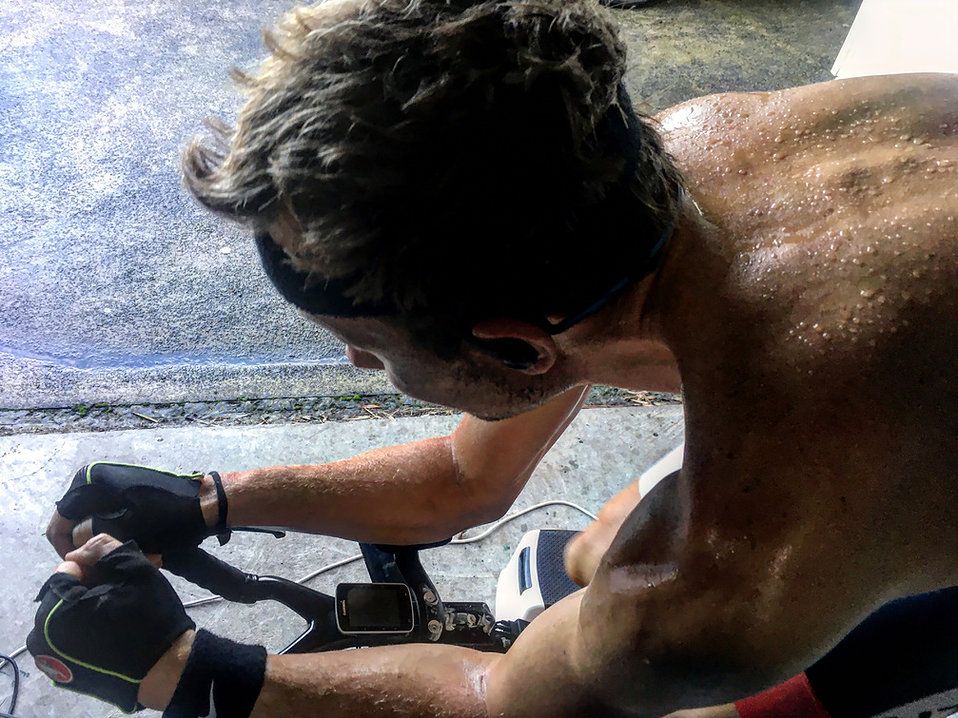
The teachings Hinduism call this is a “detachment mindset”, and it simply means that you try not to think of the result – only the road/process to the destination. Making that road as thought out and well planned as possible. Leaving no stone unturned.
With this type of mindset, it’s hard to fail; you’re simply ticking off boxes (whether that be completing all your sessions, getting to bed on time, removing sugar from your diet). These goals, YOU have control over. In contrast, you have no control over winning; the result will always be what it will be.
You’re a team
Training for Ironman is a selfish thing to do. That’s fine, but what I think isn’t fine is if you think it isn’t selfish. When you commit to the goal of doing an Ironman, this truly isn’t an individual commitment. My original goal was to compete in the 2017 Ironman World Championships.
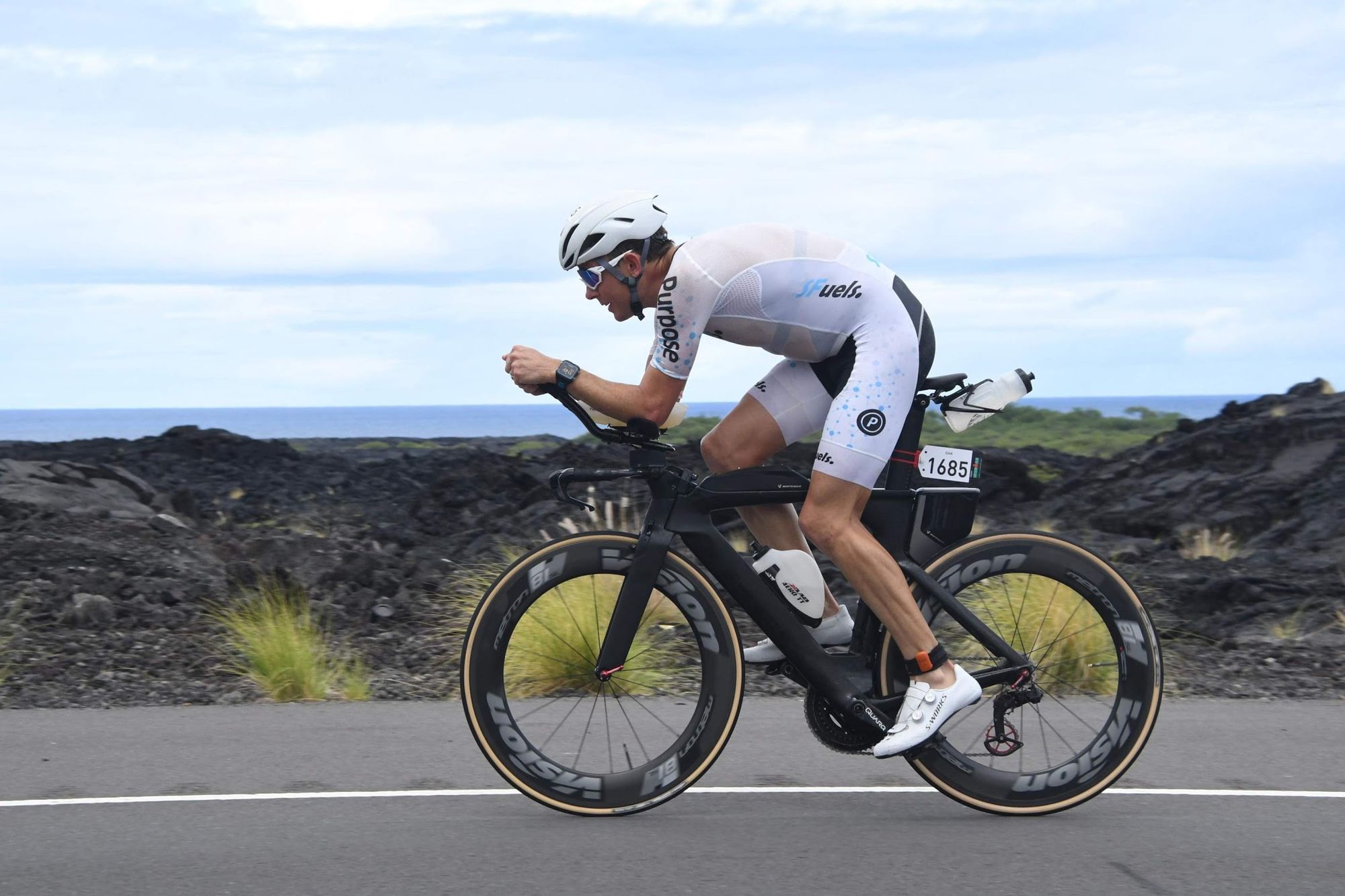
However, as events would have it, we were fortunate enough to have little Bella born on the 2017 race day (very happy I wasn’t there!). After this event, we committed as a family to get back to Kona in 2018 and have a great race I could be happy with. With a newborn, we knew this wouldn’t be easy. Having consistent support from Kate (my wife) was key.
More than that, she also took an interest in what I was doing on a daily basis. In doing so, she developed amazing knowledge in the areas of training, nutrition and recovery. She has no training in any of these areas, but she listens and knows she can help. I’ve seen this time and time again with many successful athletes across a variety of sports. While it may sound cliché, I truly believe that “behind every man, is indeed a better woman.”
This ain’t no bus tour
This is a line I borrowed from my good friends Terenzo Bozzone and Jon Ackland. Ironman is a sport that requires long hours and sustained pace; this means that training needs to reflect its requirements. Time and time again I see athletes doing sessions that make no sense. They say they are doing them because they’re “fun”. If you want fun, and you want to see the sights, you may as well go on a tour bus. In my observations, most AG athletes carry out sessions that are too short (including intervals that are too short) and too hard. Some of the training sessions I did in the build-up to Kona were hard and monotonous, but very specific.
Some examples include 100 km continuous time trials, numerous 3 to 4- hour rides indoors on the rollers (yes, rollers!), 10 x 400m in the pool (a lot!) and long sustained tempo runs. I also repeated the same sessions a lot, as this was one of the best ways to monitor progress. If you’re focused on the process and doing the right training, you will end up enjoying it.
Many have been asking what’s next for The Plews? I wish someone could tell me the
answer 🙂
Mahalo!


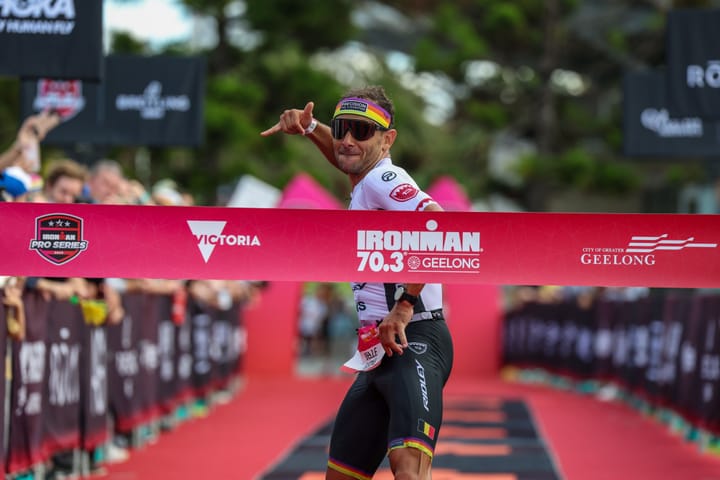
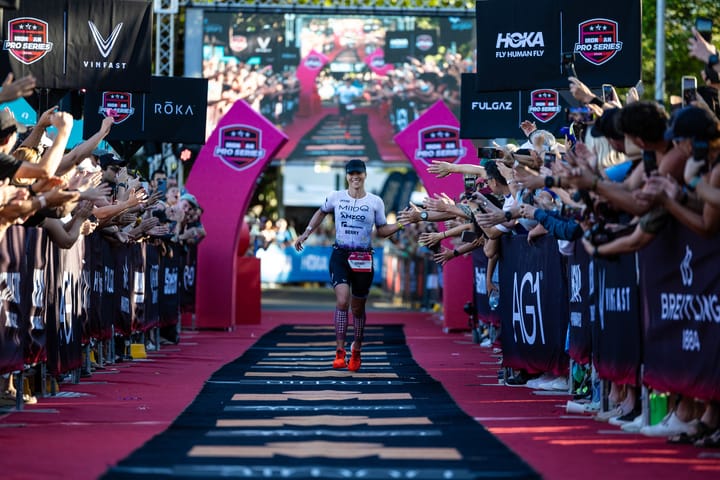
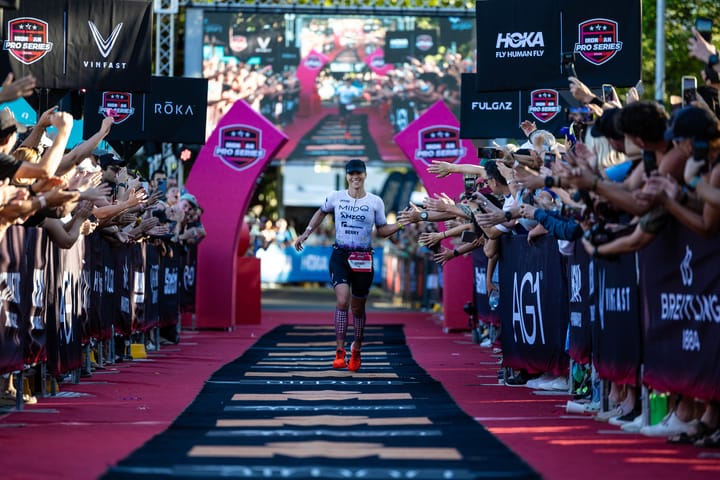
Comments ()